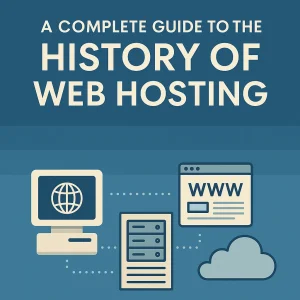Speed has been and always will be the name of the game when it comes to data transmission as part of utilizing web-based technologies. That is true for the smallest of them in the same way it is for the biggest, and it’s not going to come as a surprise that with the advances in those technologies comes a need to handle much more data, and handle the increased volume of it faster at the same time. Add the fact that global network use continues to grow explosively all the time and there’s a lot of gain – both functional and financial – to be had for those who can introduce means of moving data faster.
And that’s just what’s happened courtesy of Danish and Swedish researchers who have succeeded in setting a new benchmark fastest speed for optical data transmission. Many of you will be aware of what a Tbps (Terabits-per-second) speed score would indicate with regards to fastness in this context, but if you’ve heard of a Petabit in the same one then consider us impressed. It’s been nearly 3 years since the previous data transmission speed record was set, and you’re entirely excused if you’d only heard of a Terabit back then.
The score 178 Tbps set in August 2020 was quite remarkable for the time, but not anymore. And it certainly would have been for us here at 4GoodHosting in the same way it would have been for any good Canadian web hosting provider based on the fact that we have a roundabout way of associating with this based on the parameters of what people do with the sites we may be hosting for them. But enough about that for now, let’s get right to discussing the new data transmission world speed record and what I may mean for all of us.
Doubling Current Global Internet Traffic Speeds
This mammoth jump in speed capacity is made possible by a novel technique that leverages a single laser and a single, custom-designed optical chip that makes throughputs of 1.8Pbps (Petabits per second) possible. That works out to double today's global internet traffic, and that highlights just how much of a game changer this has the potential to be.
The 2020 record speed we talked about earlier is only around 10% of today's maximum throughput announcement. This equates to improving the technology tenfold in less than 3 years. A proprietary optical chip is playing a big part in this too. The workings of it are having an input from a single infrared laser creating a spectrum of many colors, and each color representing a frequency that resembles the teeth of a comb.
Each is perfectly and equally distinguishable from one another and mimics the human process with which we distinguish colors, detecting the different frequencies of light materials as they are reflected in our direction. But because there is a set separate distance between each it makes it so that information can be transmitted across each of these frequencies. Greater varieties of colors, frequencies, and channels means that ever greater volumes of data can be sent.
High Optical Power / Broad Bandwidth
The current optical technology we have now would need around 1,000 different lasers to produce the same amount of wavelengths capable of transmitting all of this information. The issue with that is that each additional laser adds to the amount of energy required. Further, it also means multiplying the number of failure points and making the setup more difficult to manage.
That is one of the final research hurdles that needs to be overcome before this data transmission technology can be considered more ideal. But the combination of high optical power and being designed to cover a broad bandwidth within the spectral region is immediately a huge accomplishment and one that couldn’t arrive sooner given the way big data is increasingly a reality in our world.
For now let’s just look forward to seeing all that may become possible with Petabit speeds like this that are capable of handling about 100x the flow of traffic currently accommodated as a maximum by today’s internet.















